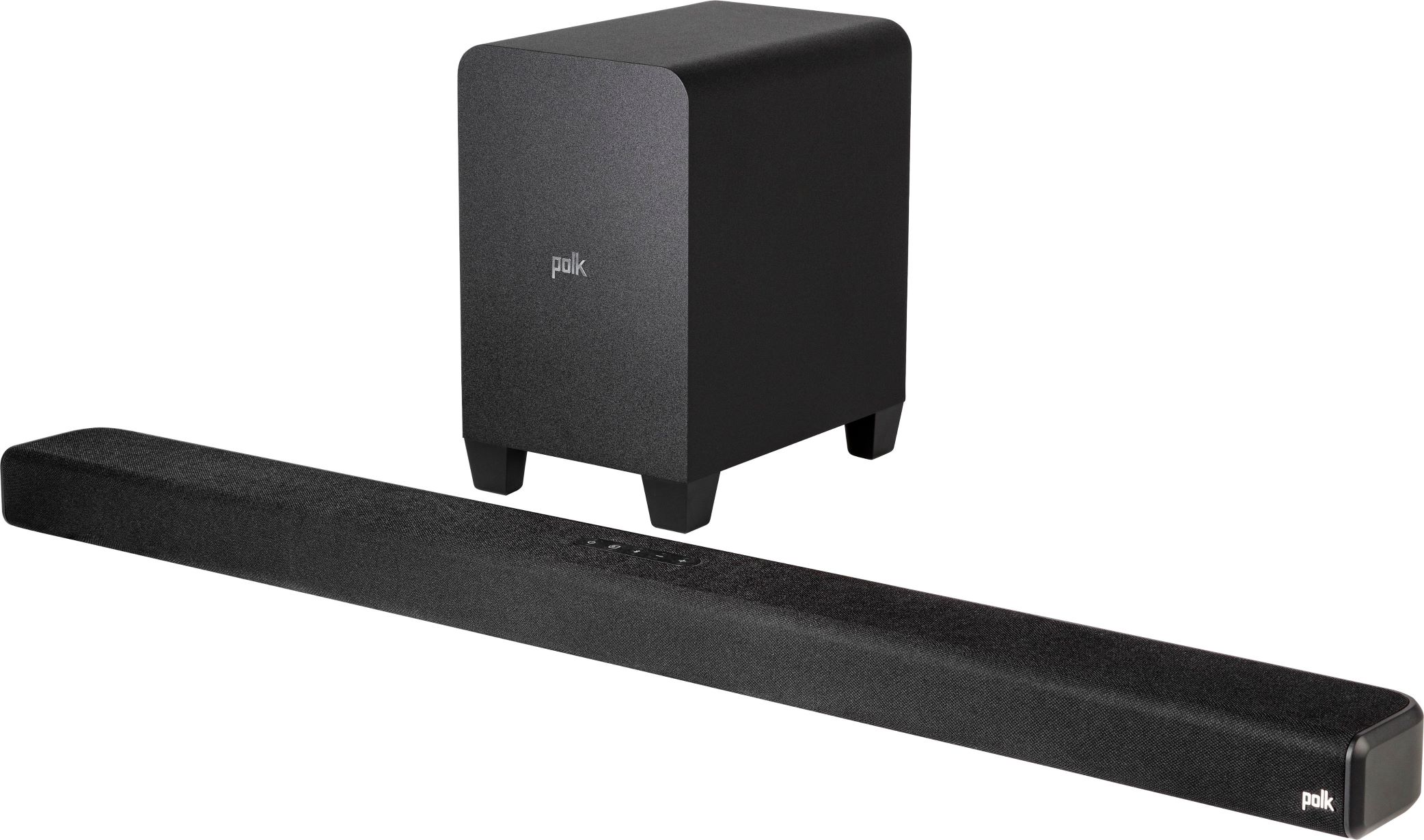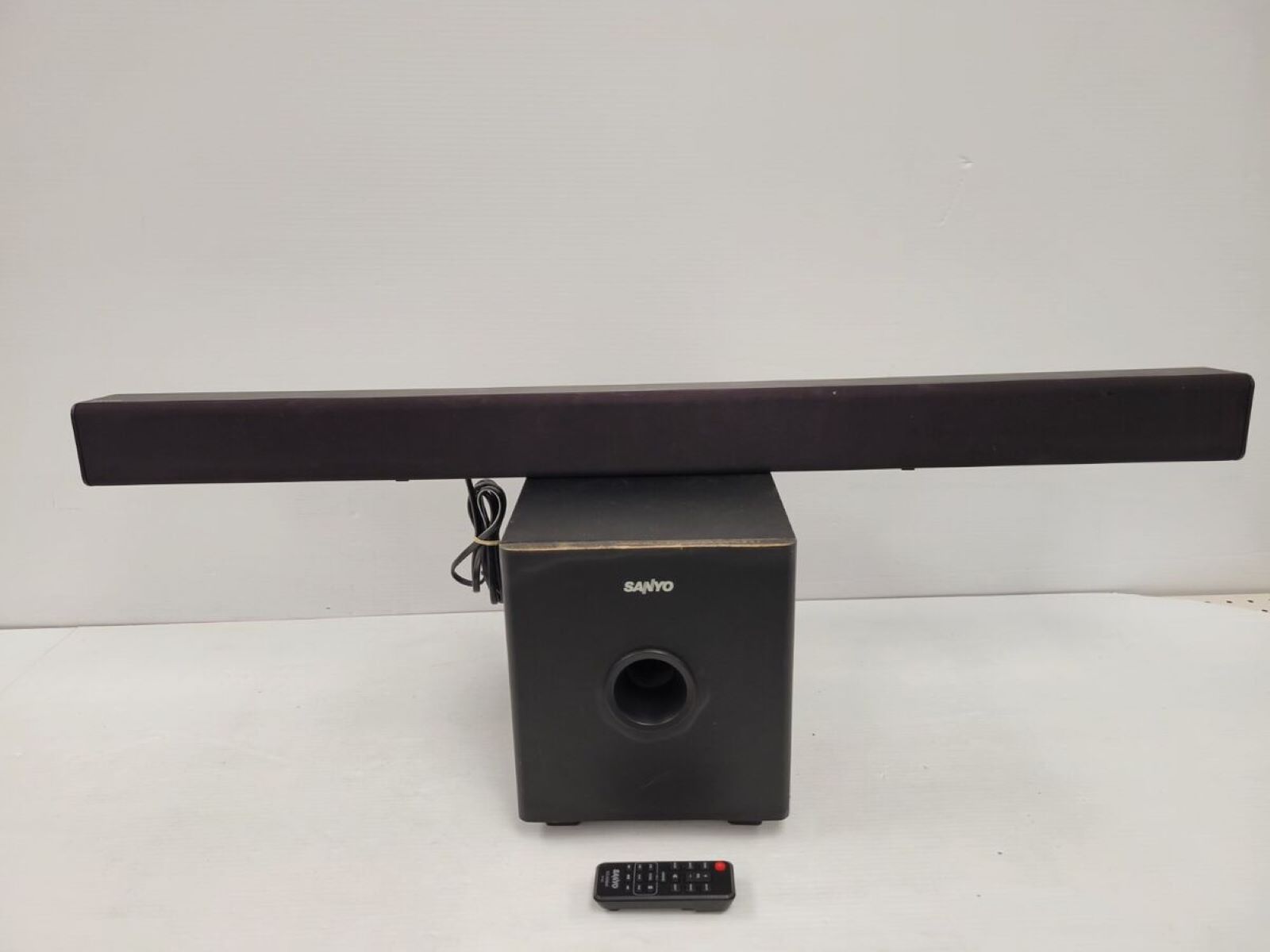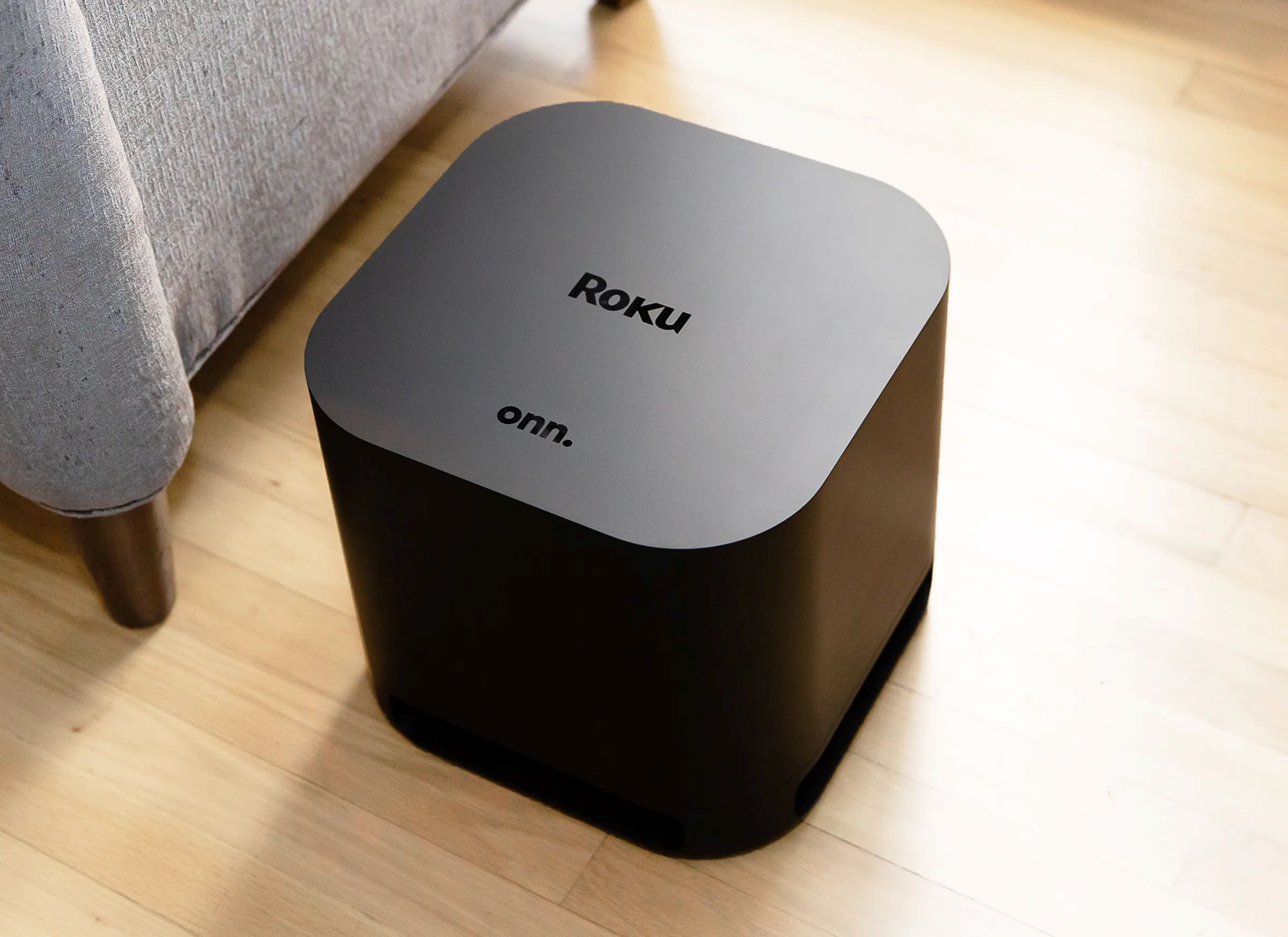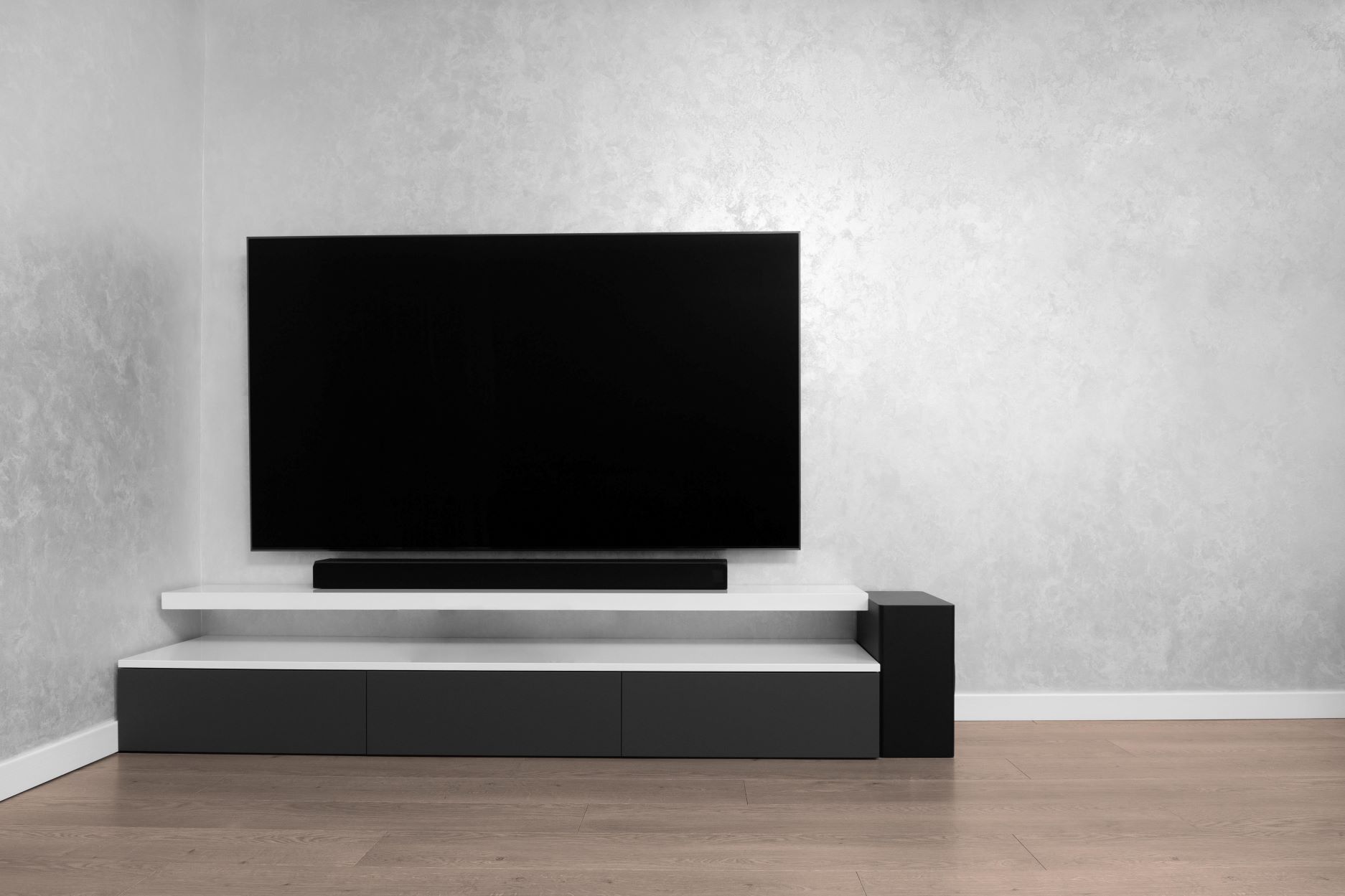Home>Devices & Equipment>Subwoofer>How To Pair Soundbar And Subwoofer
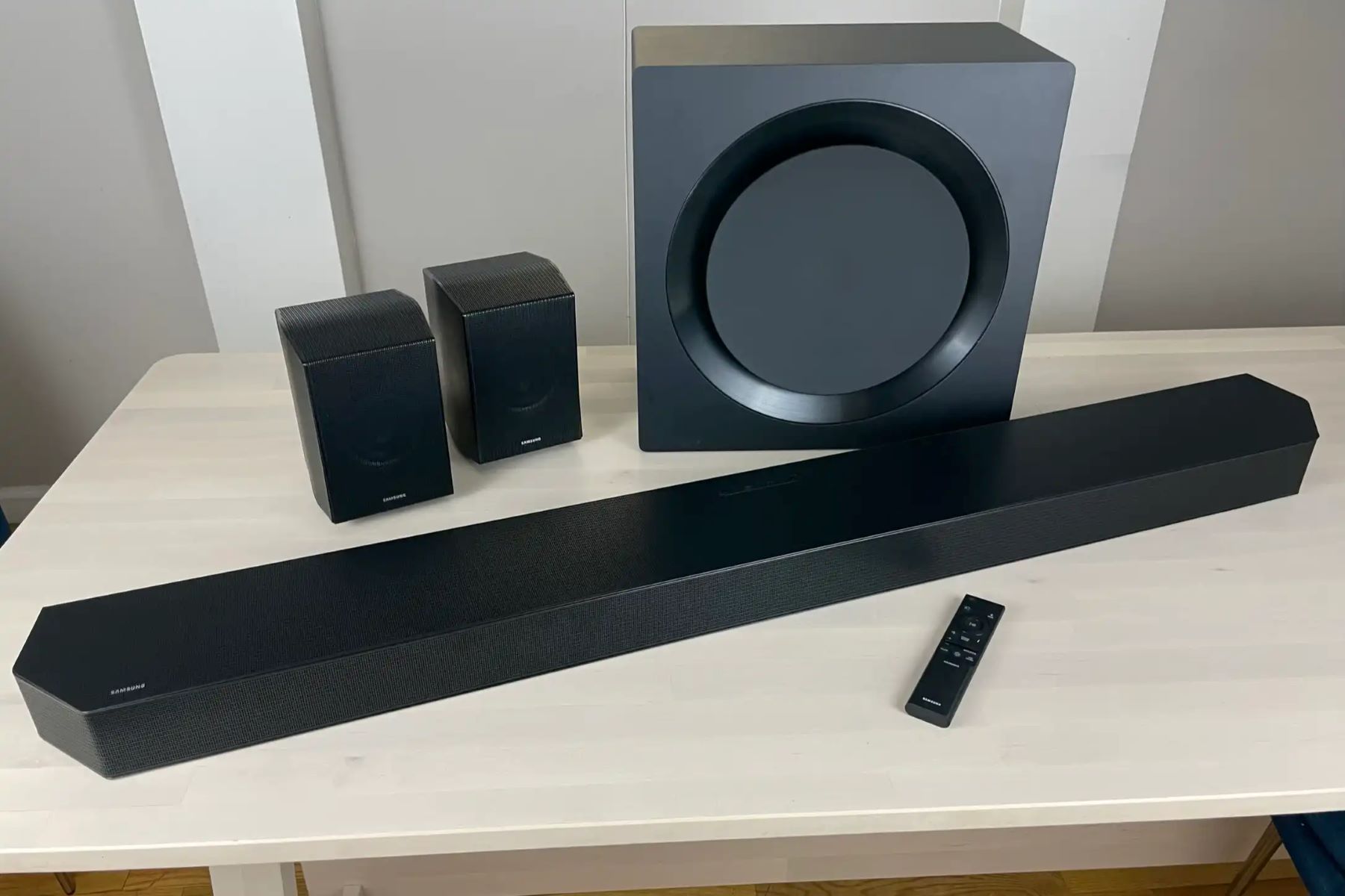

Subwoofer
How To Pair Soundbar And Subwoofer
Published: January 20, 2024
Learn how to seamlessly pair your soundbar with a subwoofer and enhance your audio experience. Discover step-by-step instructions and tips for setting up your subwoofer.
(Many of the links in this article redirect to a specific reviewed product. Your purchase of these products through affiliate links helps to generate commission for AudioLover.com, at no extra cost. Learn more)
Table of Contents
Introduction
When it comes to enjoying a truly immersive audio experience, a subwoofer is an essential component. Adding a subwoofer to your sound system can greatly enhance the bass response and overall impact of your audio. Whether you are a movie enthusiast, a music lover, or a gamer, a subwoofer can bring your entertainment to life by delivering deep, rumbling lows that you can feel in your bones.
In this guide, we will walk you through the process of pairing a soundbar and subwoofer to create a dynamic audio setup in your home. With the right equipment and a few simple steps, you can have a powerful and balanced sound system that will elevate your listening experience to the next level.
Before we dive into the pairing process, let’s take a moment to understand the importance of a subwoofer. Subwoofers are specialized speakers designed to reproduce low-frequency sounds, typically below 100 Hz. These low-frequency sounds, also known as bass, add depth, richness, and impact to the audio, whether it’s explosions in an action movie, rumbling thunder in a storm, or the thumping beat of your favorite song.
A subwoofer not only enhances the audio quality but also takes some of the workload off the other speakers in your system. By handling the low-frequency sounds, the subwoofer allows the main speakers to focus on producing the mid-range and high-frequency sounds with greater clarity and accuracy.
Now that we understand the significance of a subwoofer, let’s explore how to pair it with a soundbar, a popular audio solution for those looking to enhance their TV audio or create a home theater system in a compact and convenient package.
Equipment Needed
Before you begin the process of pairing your soundbar and subwoofer, it’s important to ensure that you have the necessary equipment on hand. Here’s a list of items you’ll need:
- A soundbar: This will serve as the main audio source and control center for your audio setup.
- A subwoofer: Choose a subwoofer that is compatible with your soundbar and meets your desired audio specifications.
- Audio cables: Depending on your soundbar and subwoofer model, you may need audio cables such as RCA cables, 3.5mm AUX cables, or optical cables.
- Power cables: Make sure you have the appropriate power cables for both the soundbar and the subwoofer.
- Remote control: Check if your soundbar and subwoofer come with remote controls for easy operation.
- Owner’s manuals: It’s always helpful to have the owner’s manuals for both the soundbar and subwoofer handy, as they provide specific instructions and troubleshooting tips.
- A stable surface: Choose a suitable location to place both the soundbar and subwoofer, ensuring they are stable and positioned correctly for optimal sound distribution.
Once you have gathered all the necessary equipment, you’ll be ready to proceed with the pairing process. Ensure that everything is in proper working condition and that you have a clear understanding of the connections required for your specific soundbar and subwoofer models.
With the right equipment and a little bit of patience, you’ll soon be able to enjoy a rich and immersive audio experience in your home. Let’s move on to the next steps of placing and connecting the subwoofer and soundbar.
Step 1: Placing the Subwoofer and Soundbar
The placement of your subwoofer and soundbar plays a crucial role in the overall audio performance and the immersion of your listening experience. Here are some guidelines to help you determine the ideal placement:
- Subwoofer Placement: Start by finding a suitable location for your subwoofer. Ideally, it should be near the front of the room, either to the side of your TV or underneath a piece of furniture. Avoid placing it in a corner or against a wall, as this can result in boomy or muddy bass. Experiment with different locations to find the spot that provides the best balance of bass response and blending with the rest of the audio.
- Soundbar Placement: The soundbar is typically placed below or in front of your TV. Ensure that it is centered and positioned at ear level for optimal sound projection. If you have a wall-mounted TV, you can mount the soundbar directly below it. If your soundbar comes with a mounting kit, follow the manufacturer’s instructions for secure installation.
- Distance between Subwoofer and Soundbar: It’s important to maintain the correct distance between the subwoofer and soundbar to ensure synchronization and balanced audio. Consult your soundbar and subwoofer manuals for specific recommendations on the ideal distance. In general, placing them within a few feet of each other is recommended.
Remember, each room is unique, and the acoustics can vary. Therefore, it may take some trial and error to find the optimal placement for your subwoofer and soundbar. Once you have positioned them correctly, you can proceed to the next step of connecting them together.
Step 2: Connecting the Subwoofer to the Soundbar
Now that you have placed your subwoofer and soundbar in the ideal positions, it’s time to connect them together. The connection method may vary depending on the specific models and inputs/outputs available on your devices. Here are some common connection options:
- Wired Connection: If your soundbar and subwoofer support a wired connection, you will typically use audio cables such as RCA, 3.5mm AUX, or optical cables to connect them. Check the input/output ports on both devices and use the appropriate cables to establish a connection. Follow the color-coded connectors or consult the user manuals for detailed instructions.
- Wireless Connection: Some soundbars and subwoofers offer wireless connectivity options, allowing for a cable-free setup. In this case, you may need to follow specific pairing instructions outlined in the user manuals. Often, the process involves syncing the subwoofer and soundbar using a dedicated pairing button or through a menu on the soundbar’s remote control.
- Soundbar with Built-in Subwoofer: If your soundbar has a built-in subwoofer, you won’t need to connect an external subwoofer. These types of soundbars typically have dedicated drivers and chambers designed to replicate the low-frequency sounds without the need for a separate subwoofer unit.
It’s important to ensure that all connections are secure and tight to avoid audio disruptions or poor performance. Take care not to force any connectors as they may cause damage to the devices. Once the subwoofer is successfully connected to the soundbar, you can proceed to the next step of pairing them wirelessly (if applicable).
Remember, it’s always recommended to consult the user manuals or reach out to the manufacturer’s support for specific instructions if you encounter any difficulties during the connection process.
Step 3: Pairing the Subwoofer and Soundbar Wirelessly
If your soundbar and subwoofer support wireless connectivity, pairing them is typically a straightforward process. Follow these steps to pair them wirelessly:
- Ensure both devices are powered on: Make sure both the soundbar and the subwoofer are powered on and in close proximity to each other. This is important for a successful wireless connection.
- Access the pairing mode: Check the user manual of your soundbar to find the specific instructions for entering the pairing mode. This is typically done by pressing a dedicated button on the soundbar or through a menu option on the remote control.
- Activate the pairing mode: Once in the pairing mode, activate the pairing mode on the subwoofer as well. This can usually be done by pressing a pairing button on the subwoofer itself or via a menu option on its remote control.
- Wait for pairing confirmation: After activating the pairing modes on both devices, wait for a confirmation message. This could be a visual indication on the soundbar display or a flashing light on both the soundbar and subwoofer. Once paired, the devices will establish a wireless connection.
- Perform a sound test: To ensure the successful pairing, play some audio through your soundbar and check if the subwoofer is producing the desired bass response. Adjust the subwoofer level if necessary, using either the soundbar’s remote control or the dedicated controls on the subwoofer itself.
Note that the pairing process may differ based on the make and model of your soundbar and subwoofer. Always consult the user manuals for specific instructions or refer to the manufacturer’s support if you encounter any issues during the pairing process.
Once the subwoofer and soundbar have been successfully paired wirelessly, you can move on to the next step of adjusting the sound settings to customize your audio experience.
Step 4: Adjusting the Sound Settings
After successfully pairing your subwoofer and soundbar, it’s time to fine-tune the sound settings to optimize your audio experience. Here are some key settings you can adjust:
- Subwoofer Level: Adjust the subwoofer level to achieve the desired amount of bass. Most soundbars allow you to control the subwoofer level through the soundbar’s remote control or a dedicated button. Start with a moderate level and gradually increase or decrease it until you find the balance that suits your listening preferences.
- Equalizer Presets: Many soundbars come with built-in equalizer presets that optimize the sound for different audio profiles, such as movie mode, music mode, or gaming mode. Experiment with these presets to find the one that enhances the specific content you’re listening to.
- Audio Modes: Some soundbars offer various audio modes, such as surround sound, virtual surround, or dialogue enhancement. These modes can enhance the spatial awareness of the audio or improve the clarity of dialogue. Explore these modes to find the one that best suits your preferences.
- Volume and Balance: Adjust the overall volume and the balance between the soundbar and subwoofer to ensure a balanced audio output. Use the soundbar’s volume control or the settings menu to make these adjustments. A balanced blend of sound will result in a more immersive and enjoyable listening experience.
Remember, sound preferences are subjective, so feel free to experiment with different settings and combinations to find what works best for you. Additionally, some soundbars may come with advanced features such as room correction or adaptive sound technology. Consult the user manual or manufacturer’s support for instructions on utilizing these features for optimal audio performance.
Once you have adjusted the sound settings to your liking, sit back, relax, and enjoy your newly paired soundbar and subwoofer. Prepare to be amazed as you immerse yourself in the rich, powerful, and high-quality audio that your audio setup now delivers.
Troubleshooting Tips
While the process of pairing a soundbar and subwoofer is typically straightforward, you may encounter some challenges along the way. Here are some troubleshooting tips to help you resolve common issues:
- No Sound from the Subwoofer: If you’re not hearing any sound from the subwoofer, first check the power supply and ensure it’s turned on. Make sure the subwoofer is properly connected to the soundbar, either through a wired connection or via wireless pairing. Double-check the volume levels and settings on both the soundbar and the subwoofer.
- Poor Sound Quality: If you’re experiencing poor sound quality, check that all the cables are securely connected and not damaged. Make sure the subwoofer is placed in an optimal location, away from walls and corners, to prevent any distortions or boomy bass. Adjust the subwoofer level and other sound settings to find the best balance for your audio.
- Interference or Connectivity Issues: If you’re experiencing connectivity issues or interference, make sure there are no other electronic devices nearby that may interfere with the wireless signal. Ensure that the soundbar and subwoofer are within the recommended range for wireless connectivity. Try turning off any other wireless devices in the vicinity that could be causing interference.
- Unresponsive Controls: If the controls on either the soundbar or the subwoofer are unresponsive, check the batteries in the remote control and replace them if needed. Ensure that there are no obstructions blocking the signals between the remote control and the devices. If the issue persists, consult the user manuals or contact the manufacturer’s support for further assistance.
If you’re still encountering issues after attempting these troubleshooting tips, it’s advisable to refer to the user manuals or contact the manufacturer’s customer support for additional guidance. They will have specific knowledge of your soundbar and subwoofer models and can provide tailored solutions to address any persistent issues.
Remember, technical difficulties are not uncommon in audio setups, and patience and persistence are key to achieving optimal performance. With a little troubleshooting, you’ll be able to enjoy the full potential of your soundbar and subwoofer combination.
Conclusion
Congratulations! You have successfully paired your soundbar and subwoofer, unlocking a whole new level of audio enjoyment. By following the steps outlined in this guide, you have created a powerful and immersive audio setup that will enhance your movie nights, music listening sessions, and gaming experiences.
Throughout this process, you have learned the importance of subwoofers in delivering deep bass and enhancing overall audio quality. You have also discovered how to place your subwoofer and soundbar for optimal performance and how to connect them using either wired or wireless methods.
Adjusting the sound settings, including subwoofer levels, equalizer presets, and audio modes, allows you to fine-tune the audio to your liking and customize your listening experience. Troubleshooting tips have provided you with solutions to address common issues that may arise during the pairing process.
Now, sit back, relax, and immerse yourself in the rich, powerful, and dynamic audio produced by your newly paired soundbar and subwoofer. Enjoy the heart-thumping bass, the crisp dialogue, and the immersive soundstage that will bring your entertainment to life.
Remember, every audio setup is unique, and it may take some time to find the perfect settings and configurations that suit your preferences and your specific room acoustics. Don’t hesitate to experiment and make adjustments as needed to achieve the best possible audio quality.
Thank you for choosing this guide as your resource for pairing a soundbar and subwoofer. We hope that your audio experience is greatly enhanced, and that you continue to enjoy the immersive and captivating sound for years to come.

